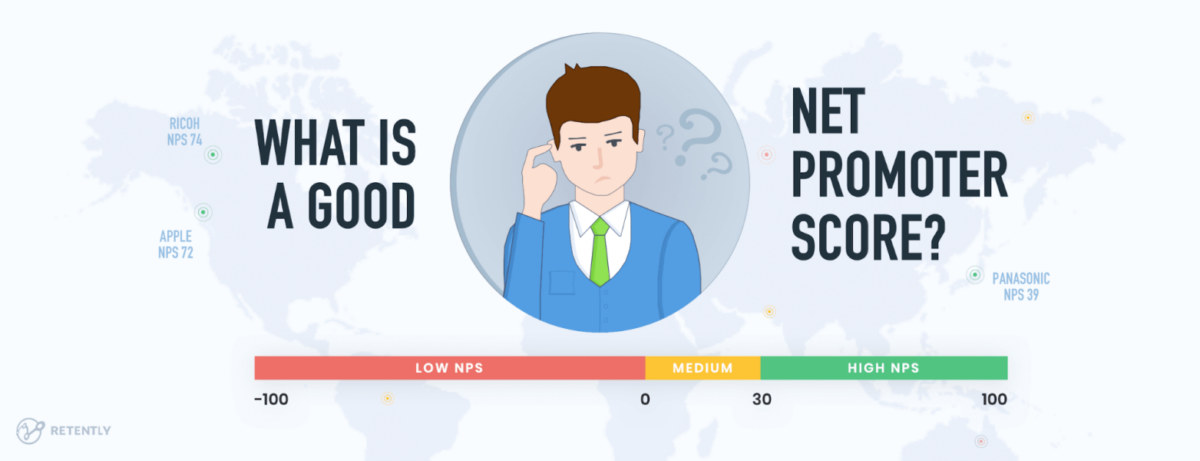
7 Brand Health Metrics You Should Be Monitoring
Branding is a means to achieve business goals, whether you’re selling products on Instagram or running a multi-national corporation. So, how do you know if what you’re doing works?
Brand health metrics are the answer. Seventy-seven percent of consumers make purchases based on a brand name, and 82% of investors consider it critically before investing.
In our experience, the metrics below gather the insight you need to keep your brand healthy and your customers happy.
Key Takeaways:
- Awareness, reputation, and share of voice define brand health.
- Brand health metrics are mostly simple tasks you can perform regularly.
- Organize your metrics data so you can trace patterns and assess areas that need more help.
What are Brand Health Metrics?
Think of your brand as something that needs nurturing. The basics of caring for it fall under three concepts:
- Awareness. Does anyone know about your business?
- Reputation. Does your brand have a positive or negative sentiment among those who know about it?
- Share of voice. How does your brand hold up against competitors in the market?
You use metrics to measure these elements of your brand. Then, you can use that information to boost awareness, build a positive reputation, and increase your share of voice.
What Metrics Should You Monitor?
Video Embed: Measuring Brand Equity || Brand Audit Explained || Strategic Brand Management Series
Sales speak volumes about your brand, but they can’t tell you everything you need to know. Here are some critical metrics for gathering insightful data, so you can see where your brand booms and busts.
1. Net Promoter Score

If you want to be a savvy marketer, you must know about the Net Promoter Score. Your NPS measures your word-of-mouth strength, telling you how likely people are to recommend your brand.
The process for generating your NPS is straightforward:
- Poll customers on a 1-10 scale of how likely they are to recommend to friends, family, and acquaintances.
- Collect their answers and total the number of people of answered 9-10 to get your promoter score.
- Total the number of people who answered 1-6 to get your detractor score.
- Subtract the detractor from the promoter to get your NPS.
As you can see from the image above, you’re doing okay as long as you’re above zero.
2. Unprompted Brand Recall
Unprompted brand recall is one of the simplest brand health metrics. How many people think about your brand without a push? When someone mentions your industry, you want your brand to be the first coming to the consumer’s mind.
Then, total the number of people who respond with your brand name, divide by the total number of people you polled, and then multiply that number by 100 to get your brand recall percentage.
3. Prompted Brand Recall
As the name implies, prompted brand recall shows the consumer your name and gives them the chance to pick you. For example, you can create a survey asking the reader to tick all the brands they’ve heard of or would purchase from in your nice of the industry.
This is a simple way to determine how you measure up against the competition. Keep an eye on the brands they tick the most. Those are the guys you want to beat.
4. Sentiment
Are the people talking about you, and more importantly, what do they say? Sentiment can be positive or negative, so survey consumers to see if they recognize your brand’s integrity.
Ask them to describe your brand in a single word or list one product they hope your brand never discontinues. Can they name anything about your brand they would change?
5. Uplift
One of the most important brand health metrics is uplift. This tells you what value your branding efforts bring to your business.
Your marketing team can set up a test using two advertisements that are the same in every way, except one has your brand name and the other does not. Measure the click-through rates and calculate the difference to get your brand uplift score.
6. Brand Loyalty

Are you dedicating as much energy to retaining customers as you are to attracting them? Another simple process among brand health metrics is to monitor customer retention rates.
Retention boosts your brand’s position, increasing the likelihood of recommendations and providing the social proof many consumers need to make it through the sales funnel.
7. Employee Engagement
Brand metrics do not strictly apply to external measurements. How do the people who work for you feel about you and your company?
Consumers want to know your values. If you have an amazing product but treat your employees poorly, chances are the public will find out, and it won’t bode well for your brand’s future.
You can survey employees for anonymous complaints and praise. However, you can also see it in their work and your turnover rate.
How Do You Organize Metrics Results?
How you store the data you collect from these metrics will depend on the size of your company. However, you can’t go wrong with a good old-fashioned Excel sheet.
Keep your eye on low numbers and look for patterns of slowed growth to find areas that need improvement. When you feel like you’re running out of ideas, you can always turn to market research for a jumping-off point.
Will Brand Health Metrics Work for You?
There’s no denying the value of branding. The sooner you start monitoring these brand health metrics, the sooner you’ll improve marketing efforts – and watch sales go up.
Michael Brenner is a keynote speaker, author and CEO of Marketing Insider Group. Michael has written hundreds of articles on sites such as Forbes, Entrepreneur Magazine, and The Guardian and he speaks at dozens of leadership conferences each year covering topics such as marketing, leadership, technology and business strategy.